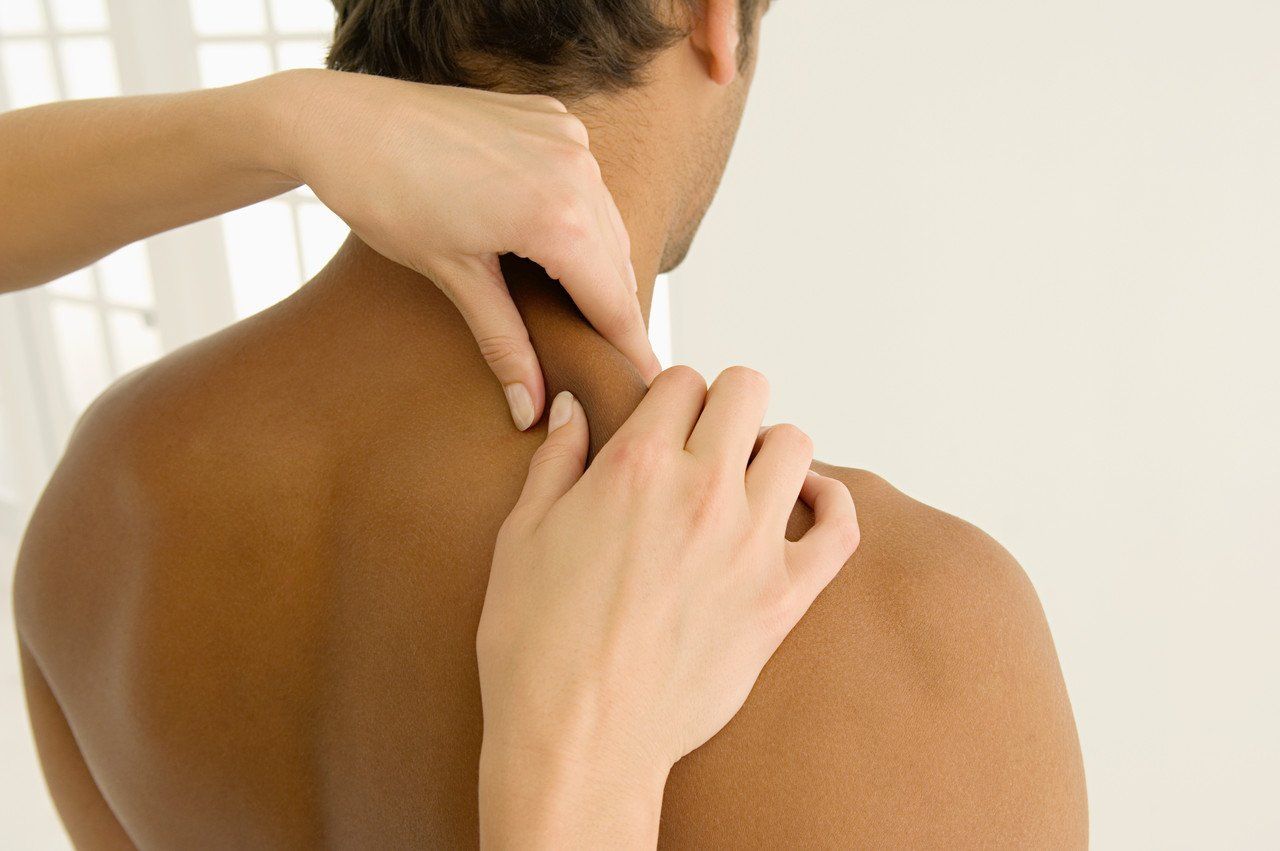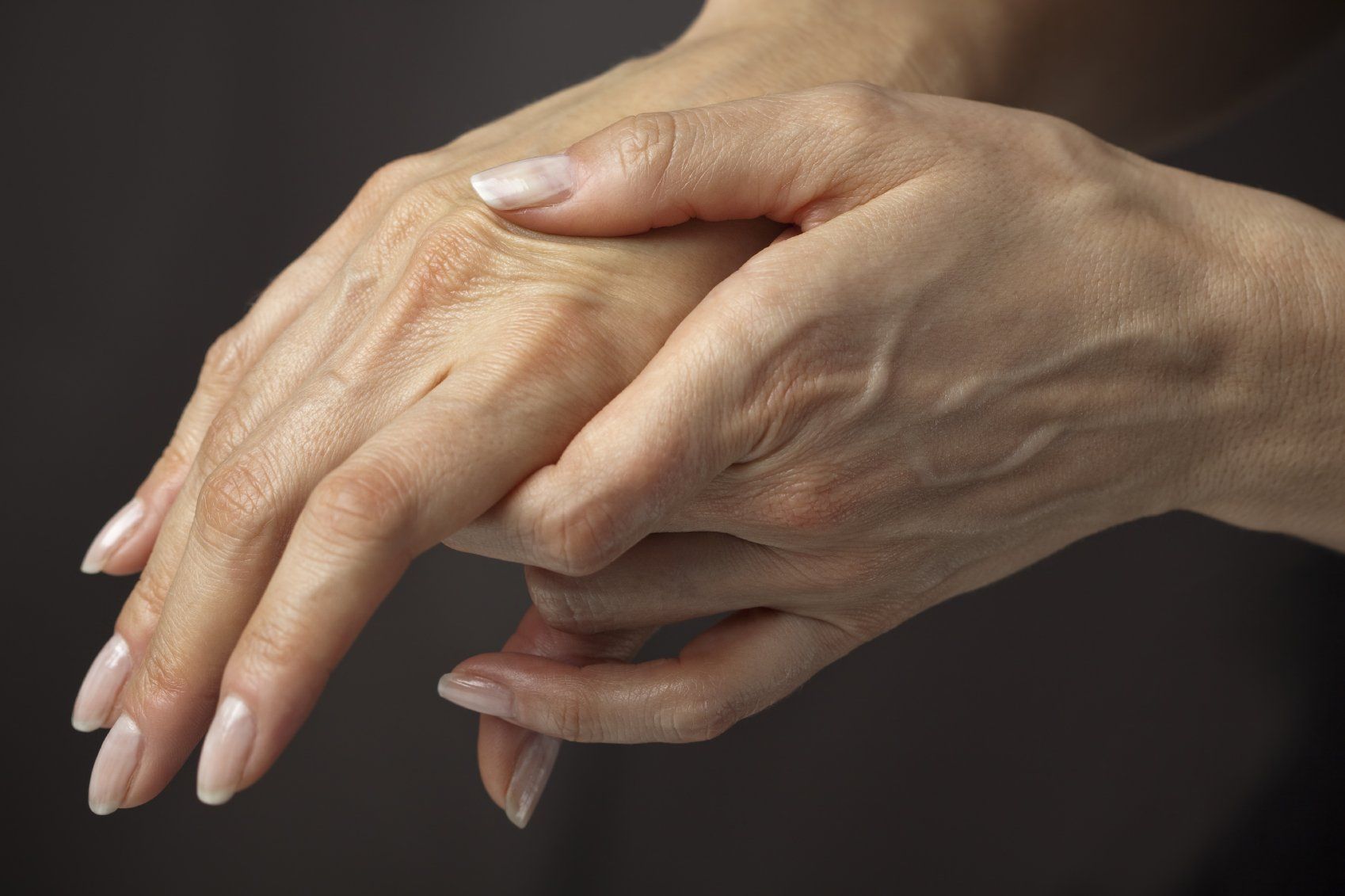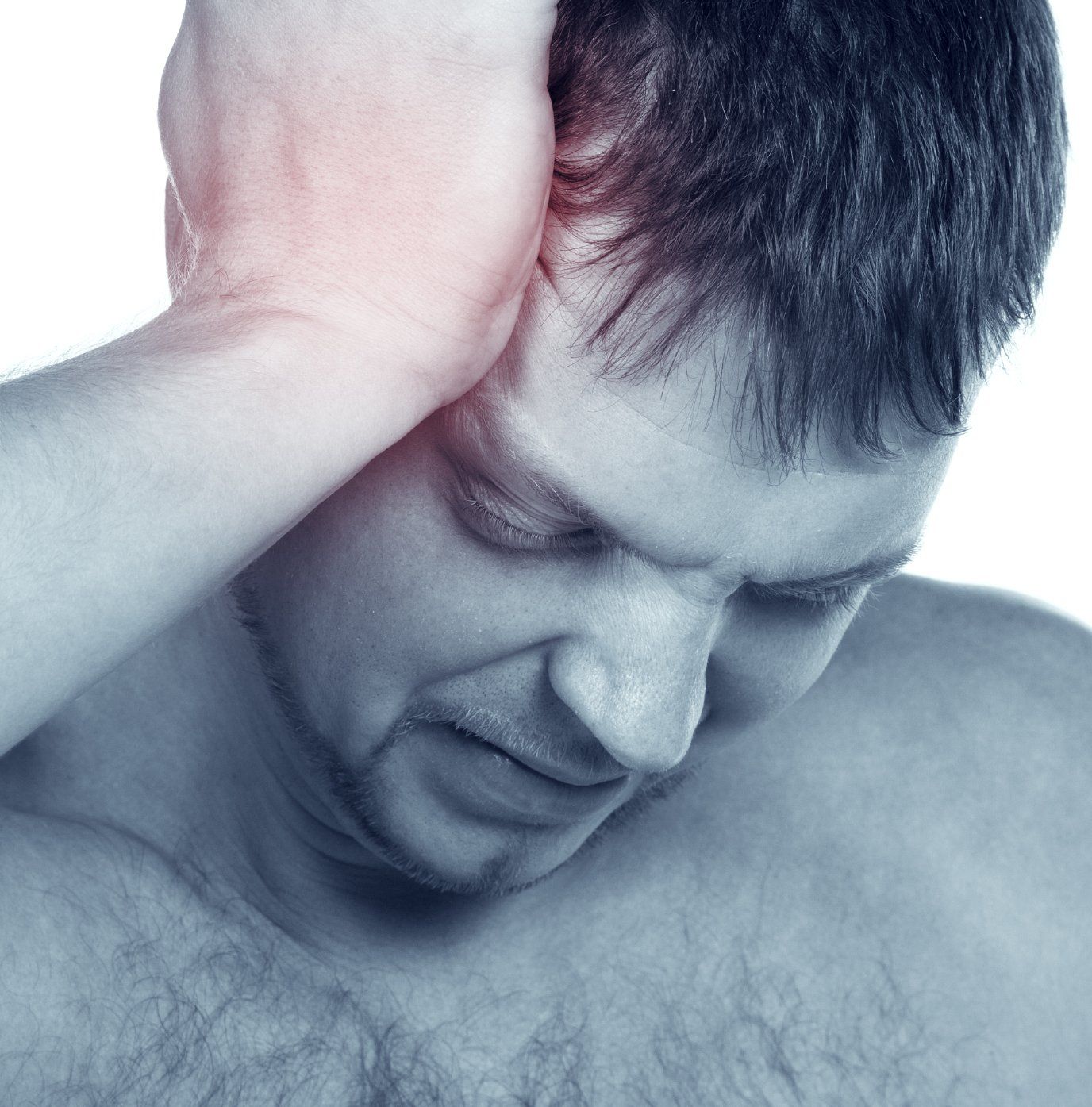Blog
Blog

By Clarissa Vandenbussche
•
11 Jun, 2020
It has been several months since I have been able to take any booking for Massage Therapy Treatments. Social distancing was a necessity and although we are not out of the water quite yet the College of Massage Therapists of Ontario and the Ontario Government announced they are letting Health Care Providers return to practice. On June 17th I will be accepting patients back into my office but with some restrictions as we have all become accustom to. Before you arrive: Bring a mask to wear (reusable cloth or disposable), If you do not have one you will be provided with one when you arrive Come to your appointment alone unless you need assistance COVID-19 pre-screen 48 hrs before your appointment When you arrive: Arrive at the appointment time If early please wait downstairs at the elevator COVID-19 screening at the door Sanitize your hands once you are inside Feel sick or Unwell? Please call and notify the clinic if you have any of the following symptoms: Fever Sore throat Flu like symptoms Cough Fatigue New or worsening headache Please reschedule your appointment and call public health Your late cancellation fee will be waived if you are sick Other procedures: Additional time is scheduled between appointments in order to sanitize and disinfect (two step sanitizing and disinfecting will be implemented) Preferred payment methods: debit, visa, master card, or through Janeapp Paperless transactions, receipts will be emailed unless you absolutely need a paper copy Both the therapist and the patient are required to wear masks (some exceptions but will be determined at the time of appointment) Currently online booking is unavailable but you can call or email to book an appointment. If you have any questions or concerns please discuss with your therapist. I am looking forward to seeing patients again.

By websitebuilder
•
20 Mar, 2020
March 2020 has been a stressful time for everyone. The increasing number of individuals contracting COVID-19 has brought our society to a halt. Although I hold myself to high disinfection practices to avoid the spread of infectious diseases by washing my hands before and after every treatment and disinfecting the treatment tools, equipment, and any other surfaces that may have been touched these measures are not enough to keep myself and my patients safe. As we are aware screening patients is not effective as individual can be carriers of the virus for may days before showing symptoms. The virus is spread through droplets which means every time an individual breaths or talks there are droplets expelled into the surrounding air. These droplets and the virus are stying in the air much longer than previously thought. Masks only protect others who have not been exposed to the virus. Wearing gowns, gloves, masks and goggles are worn are the only measures to fully protect from transmission. These measures are utilized in hospitals but are not ideal in external clinical practices. On Monday March 16, 2020 the College of Massage Therapists of Ontario highly recommended that all Massage Therapist close their practice door to any non-essential care. Along with this information and the governments recommendations to self-isolate and practice social distancing I am deciding to be proactive and cancel all current and future treatment for this time being. Once I feel that it is safe to resume providing care I will notify my patients. If you require any guidance about how to manage your symptoms during this time I will be available by phone, email, and can even perform Skype calls to assist you during this time. We all need to do our part to flatten the curve, the spread of this virus, to keep those who are vulnerable safe. If you have any questions please do not hesitate to contact me. Clarissa Vandenbussche RMT @ The Toronto Integrative Medicine Centre

By Clarissa Vandenbussche
•
19 Mar, 2014
Athletic taping - What is it? What are the benefits? Ever seen people walking around or at a sporting event with colorful tape on their bodies and wondered what it actually does? You have probably thought that it’s mostly used for athletes or for injuries. There are many benefits to “Athletic taping” and there are so many different brands of athletic taping on the market. I had the privilege of attending a Dynamic Taping course which was put on by an old classmate, Josh Martin RMT, who works with various athletes and sporting teams. Why did I choose to take this course over other athletic taping courses you ask? Personally I have played around with some of the other brands to see what they had to offer. After being disappointed by the quality of the adhesive (available to the public and directly to therapists) and performance of some of the brands i had tried, I had begun to talk to others about the tapes they have tried and their experiences. Most people I talked to had similar experience to that I had. So i sought out an old classmate that I knew taught the Dynamic Tape course and asked him what is so different about the Dynamic Tape? Well for starters the tape has 4 way stretch capability, breathable, water resistant, incredibly soft and is highly elastic. I liked the way it sounded but of course was skeptical considering my pervious experiences with tapes. Over a couple of weeks and months I kept on hearing how wonderful this tape was and how well it worked for so many therapists who have taken the course. I figured what do I have to lose, if I take the course and don’t like the product I just wont use it. So I helped Josh set up a course here in Toronto. The day of the course came, I had never laid my hands on this tape before but I was excited to see what it could do. I was fortunate to be taped by the instructor for one of the demonstrations and as soon as the tape went on and I was allowed to place my arm back into what was a “normal” resting position for me, I could immediately see the potential. The tape although it is not rigid held my shoulder in an new position, as slight as it may have been. Because the tape is highly elastic it allows for full movement but provide superior support. Most athletic tapes on the market are only allow for a 2 way stretch where as the Dynamic Tape allows for a 4 way stretch. This allows for optimal movement while providing offloading the of muscle. The tape cause directly effect the tissue mechanics, movement patterns, pain physiology and circulation dependent on how the tape is applied and which effect is intended. The tape itself is not meant as a long term solution but rather an aid alongside rehabilitative exercises. So as time and treatment progresses the frequency of application and dependency would decrease. There are two methods for applying the tape either a direct method, which helps mimic the action of the muscle and takes some of the load off of it, or an indirect technique, which is used to aid in the correction of movement patterns. Talk with your practitioner to discuss whether you could benefit from dynamic tape.

By Clarissa Vandenbussche
•
16 Mar, 2014
Does knuckle cracking cause Osteoarthiritis? Your sitting down on the bench waiting for a bus or hanging out with some friends when one person begins to crack their knuckles one by one and then their finger joints. You cringe and with each pop and crack you clench you teeth a little more. You think to yourself “Has no one ever told them that cracking their knuckles causes damage to their joints?”. Well your right but the biggest talks is that knuckle cracking causes osteoarthritis of the joints. Knuckle cracking is not an uncommon habit. Before we talk about what is actually happening to our joints and if we are causing long term damage that can lead to arthritis, let's talk about the anatomy of the joints. So what is ultimately causing this cracking or popping noise? When someone is cracking their knuckles they are either over flexing, extending, pulling or pushing side ways. When one does this is increases the space in the joint and decreases the pressure within the joint. This causes the gases that are dissolved, as bubbles, in the joint fluid to burst and break into tiny bubbles and this is what makes the cracking sound. The tiny gas bubbles take approximately at least 15 minutes to regroup at which point the joint can be cracked once again. So what does this mean for the joint health itself? When the joint is over flexed, extended, pulled forcefully or pushed side ways it causes the joint to reaches its maximum distraction (up to 3 times its resting joint space distance). Once the joint is “cracked” it is left with a greater range of motion. Usually when a joint has more range of motion that normal it is placed at a higher risk for injury. The joint is supported by ligaments much like any other joint including the ankle, which is commonly “rolled over” causing an over stretch of the ligaments supporting the joint. Because ligaments have no blood supply and/or vessels to transport new nutrients and 'building blocks' like protein to rebuild and repair damage. So when a ligament is stretched to its limits repeatedly damage can occur and can take a very long time to heal. Does repeatedly cracking your knuckles cause Osteoarthritis? Although there has been much speculation that knuckle cracking are associated the studies prove otherwise. Repeated knuckle cracking does not directly cause damage to the joint surfaces it can cause strenuous stress to the ligaments which stabilize the joint. So think twice before cracking your knuckles because the joint whatever the outcome is taking a tremendous beating in either situation long-term. References: Knuckle Cracking and Hand Osteoarthritis, Kevin deWeber, MD, The Journal of the American Board of Family Medicine, March-April 2011 vol. 24 no. 2 pg. 169-174 Effects of habitual knuckle cracking on the hand function, Jorge Castellanos, David Axelrod, Annals of the Rheumatic Disease 1990; 49 pg. 308-309

